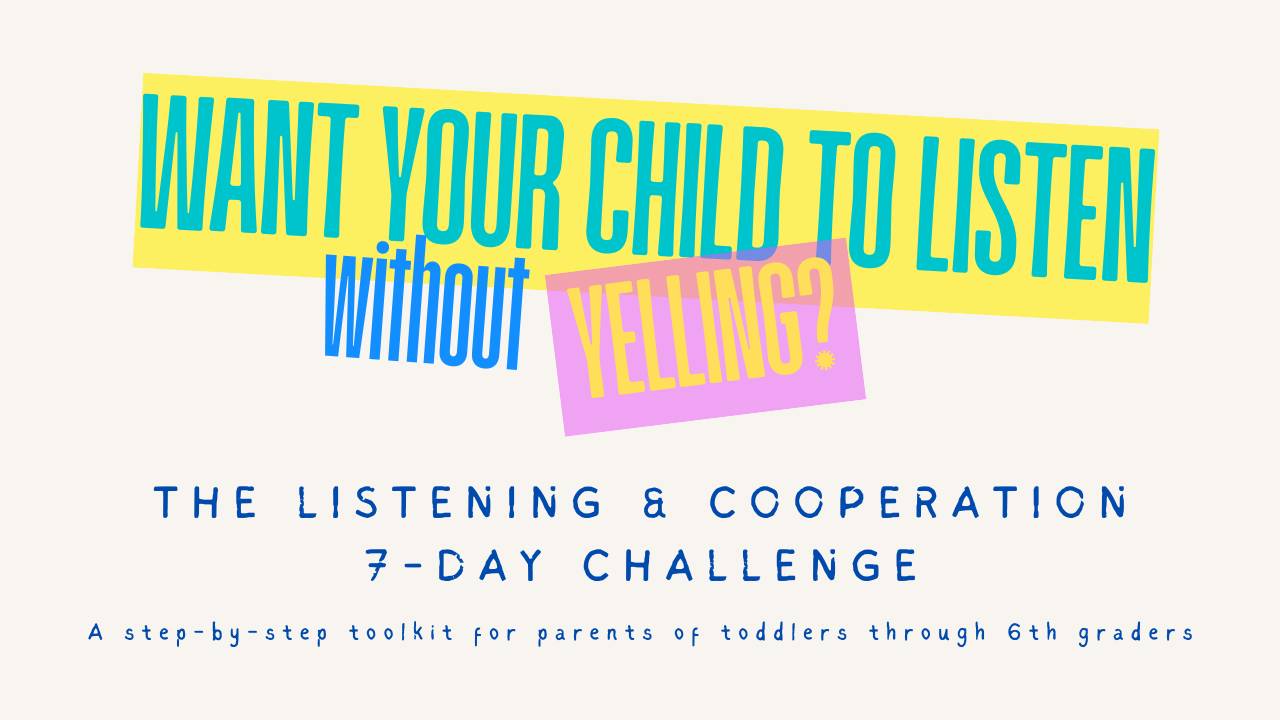How to Support Your Child’s Language Development at Home
Aug 13, 2024
For parents of toddlers and preschoolers with autism, creating a communication-rich environment at home is essential for supporting language development and fostering meaningful interactions. By incorporating proven strategies rooted in Applied Behavior Analysis (ABA), you can provide your child with the tools and opportunities they need to communicate effectively and express themselves. Below, you’ll find practical tips for nurturing your child's communication skills.
Modeling Language
Modeling language is an effective strategy for promoting communication skills. Take every opportunity to model language during daily routines and activities. Use simple and clear sentences to describe what you're doing or seeing, and encourage your child to imitate your words and actions. For example, if you're cooking dinner, narrate the steps aloud ("I'm chopping vegetables. Chop chop chop! Vegetables go in the pot. The soup is cooking!"). By providing a model of appropriate language use, you can help your child learn new words and phrases and develop their communication skills in a natural context.
Incorporating Structured Communication Routines
Structured communication routines can help your child learn to predict and anticipate communication opportunities, making interactions more meaningful and engaging. Establish consistent routines for activities such as mealtime, bedtime, and playtime, and use visual supports such as schedules or picture cards to outline the steps involved. For example, create a visual schedule for bedtime with pictures representing each step (e.g., brush teeth, put on pajamas, read a story), and review the schedule with your child before starting the routine. This helps your child understand what to expect and provides a framework for communication throughout the activity.
Additional Tips
Use gestures and facial expressions to support verbal communication and enhance comprehension
Example 1
During mealtime, while asking your child if they want more food, you can use the gesture of pointing to the plate and raising your eyebrows in a questioning manner. This visual cue, along with your verbal question ("Would you like more pasta?"), helps reinforce the meaning of your words and encourages your child to respond appropriately.
Example 2
While reading a story together, use animated facial expressions to convey emotions and reactions to the events in the book. For instance, if the character in the story is happy, you can smile broadly and nod your head in agreement. This helps your child associate the facial expression with the emotion being expressed in the story, enhancing their understanding and engagement.
Offer choices to encourage decision-making and increase your child's participation in conversations
Example 1
When planning an activity, such as going to the park, offer your child a choice between two options, such as "Would you like to swing or slide at the park today?" This empowers your child to make a decision and encourages them to communicate their preference, fostering independence and active participation in the conversation.
Example 2
During snack time, present your child with a choice of two snacks, such as apple slices or crackers. By allowing them to choose what they want to eat, you provide them with a sense of control and autonomy, while also encouraging them to express their preferences verbally.
Create opportunities for turn-taking during play and conversation
Example 1
During a game of "Simon Says," take turns giving instructions to follow. Start by giving a simple instruction like "Simon says clap your hands," then allow your child a turn to give an instruction, such as "Simon says touch your toes." This turn-taking activity encourages your child to listen attentively, respond appropriately, and practice taking turns in a structured and engaging way.
Example 2
While playing with a toy car track, take turns pushing the cars down the track. After you push a car, pause and look at your child expectantly, signaling that it's their turn. Encourage them to take their turn by saying, "Now it's your turn to push the car!" This simple turn-taking activity helps your child learn to wait, listen, and respond appropriately in a social context.
Celebrate your child's communication attempts and successes with praise, encouragement, and positive reinforcement
Example 1
If your child attempts to verbalize a request for a toy they want to play with, even if it's not perfectly articulated, praise their effort and enthusiasm. Immediately hand them the toy they requested while repeating the word or words back to them. This positive reinforcement encourages your child to continue trying to communicate and builds their confidence in expressing their needs and desires.
Example 2
When your child successfully uses a picture exchange communication system (PECS) card or AAC device to request a snack, respond by immediately giving them the snack they requested. This will motivate them to continue using their communication tools effectively.
By incorporating strategies such as modeling language and incorporating structured communication routines into your daily interactions, you can provide your child with the support and encouragement they need to communicate effectively and engage with the world around them. Remember to be patient, consistent, and responsive to your child's individual needs, and celebrate their progress every step of the way.
UNLOCK YOUR FREE TOOLKIT NOW: ENHANCE YOUR CHILD'S PLAY & LANGUAGE SKILLS TODAY!
Simply enter your email address to get instant access.


